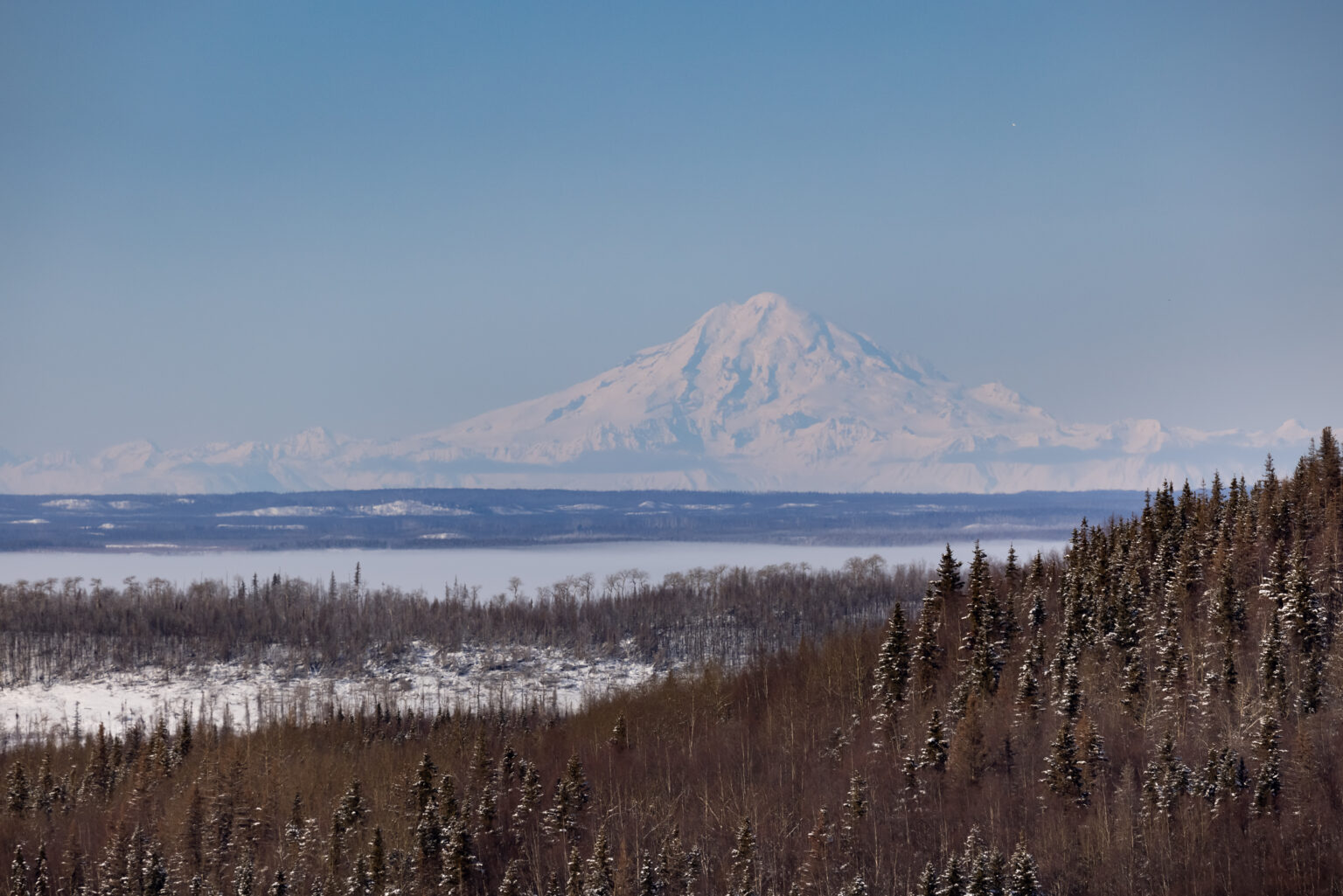
A state oil and gas auction that offered royalty-free leases in the Cook Inlet basin as an incentive for new exploration drew only three bids, according to results released Wednesday by the Alaska Division of Oil and Gas.
The annual areawide Cook Inlet sale featured special terms for the 725 tracts covering 3 million offshore and onshore acres in the basin: A set $40-per-acre price and a requirement that buyers share the profits from any future production in exchange for a complete elimination of state royalties that are typically set at 12.5%.
Hilcorp Alaska, LLC, the dominant operator in the inlet, was the sole bidder in the lease sale. The three bids submitted by the company totaled $177,636.40, according to the division.
It was the second attempt by the Division of Oil and Gas to lure Cook Inlet lease sale bidding by eliminating royalties. A sale held in December of 2023 with the same terms drew six bids.
The head of the Department of Natural Resources conceded in a statement that this year’s sale fell flat.
“While the State of Alaska is disappointed by the low level of interest in this sale, it is encouraging to see Hilcorp continuing to invest in oil and gas leases in Southcentral Alaska,” Department of Natural Resources Commissioner John Boyle said in the statement.
Gov. Mike Dunleavy and some members of the Legislature have pushed for royalty reductions or eliminations to encourage more oil and natural gas production in Cook Inlet. The idea is one of the responses to a looming shortfall of deliverable natural gas to Anchorage and the surrounding Southcentral region. The region has for decades depended on natural gas for heat and generation of electricity.
A bill that would reduce royalties for both oil and gas passed the Alaska House in May but failed to reach the Senate floor before adjournment. Key senators said they saw little evidence that slashing royalties would make a difference for Cook Inlet natural gas production.
Senate Majority Leader Cathy Giessel, R-Anchorage, was among the skeptics during the session. On Wednesday, she said the Cook Inlet lease sale results add to evidence supporting that skepticism.
“I’m not convinced that royalty relief is the answer,” she said during a brief interview at the Resource Development Council for Alaska annual luncheon in Anchorage.
Giessel pointed to the analysis of a hired consulting firm, GaffneyCline, that listed numerous factors as disincentives to Cook Inlet oil and gas investment. Among the factors GaffneyCline cited are the isolated and relatively small market, the aged infrastructure, the lack of support service and some difficult environmental conditions.
“There’s a lot of other factors that keep people from seeing Cook Inlet as economic,” Giessel said.
But Boyle said he still believes in royalty reductions for Cook Inlet and that the administration continues to support the idea.
“I think Cook Inlet royalty relief is absolutely essential to making Cook Inlet economic and seeing more Cook Inlet oil and gas production,” he said in a brief interview at the RDC event.
The administration’s push for royalty cuts on existing leases and units is different from the royalty elimination used in the annual lease sale, and thus would have more impact, Boyle said.
“We already have existing leases and existing units where there’s known resources but there’s not development or the required amount of investment to bring that into development,” he said.
A lesson from the latest lease sale, he said, is that there is “little to no appetite for exploration or leasing that goes well beyond what’s known in the Cook Inlet at this time.”
Of the three tracts that drew Hilcorp bids, the largest is located on the west side of the inlet, near existing onshore natural gas units. The other two tracts are also onshore, near what used to be the federally administered Sterling Unit, also an historic gas producer.
The state also held a concurrent lease sale that offered 1,004 tracts covering 5 million acres on the Alaska Peninsula. That lease sale drew no bids, extending a long streak for oil and gas auctions in that part of the state.
The Alaska Peninsula was added to the state’s areawide leasing program in 2005, and the sale that year drew 37 bids, mostly from Shell. The only other years in which companies bid for Alaska Peninsula leases were 2007, when a single bid was submitted, and 2014, when three bids were submitted.
The Division of Oil and Gas will continue to evaluate all available areas, including the Alaska Peninsula, for annual lease sales, said Lorraine Henry, a spokesperson for the Department of Natural Resources.




